Affiliate links on Android Authority may earn us a commission. Learn more.
Steam Deck 2 rumors: Expected release date and what we want to see
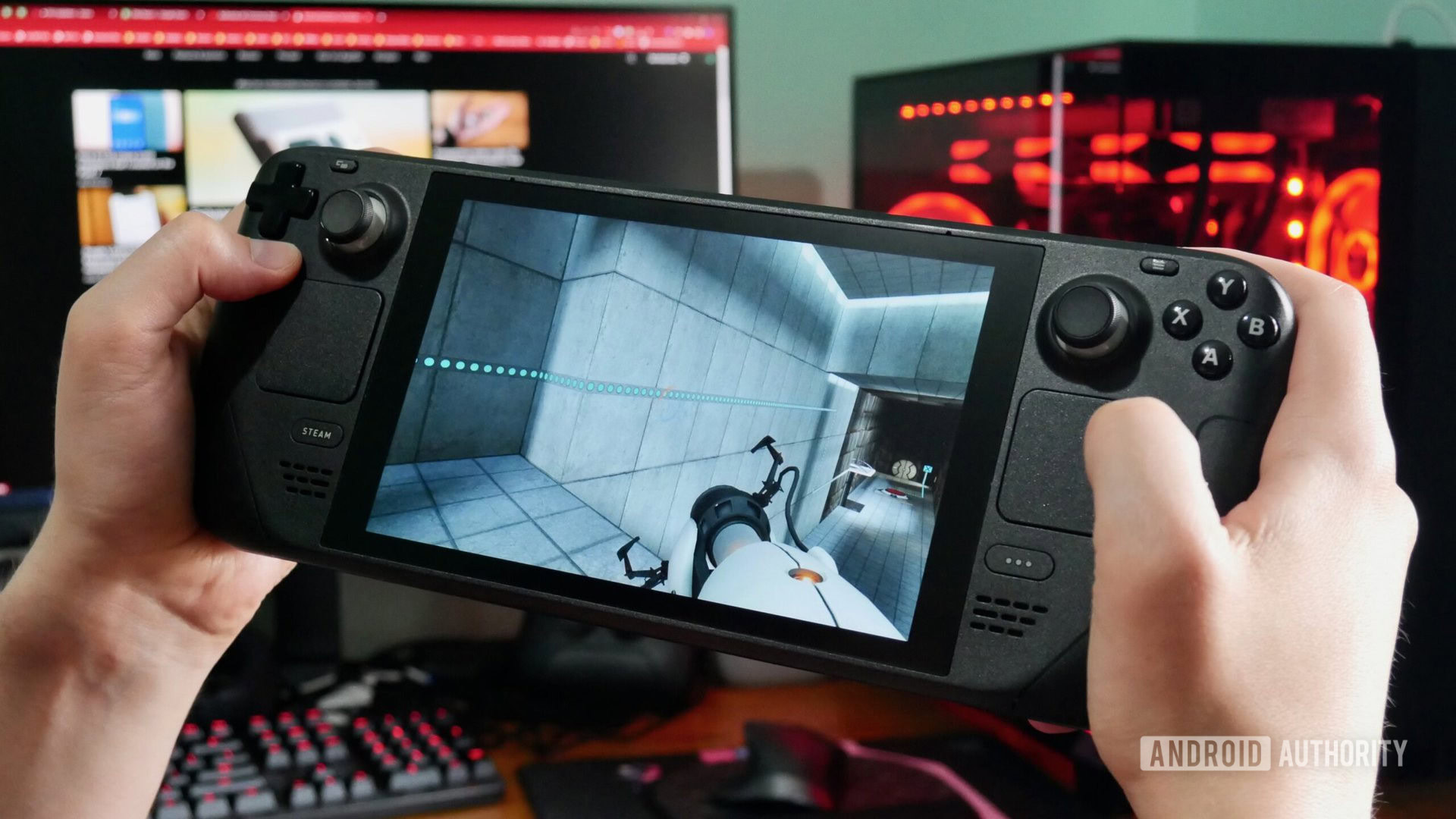
Update, March 14, 2023 (2:40 PM ET): We have updated our Steam Deck 2 hub with a rumor about the display resolution and the processor.
After multiple stabs at the hardware market, Valve finally hit big with the Steam Deck — a handheld gaming console built to play PC games on the go. The black behemoth portable has silenced any naysayers, proving to be a hugely popular Nintendo Switch alternative that used a killer combo of Linux, SteamOS, and a Proton compatibility layer to run an ever-increasing number of the millions of games in the Steam library.
Such unprecedented success for a PC-centric handheld has unsurprisingly drawn the eyes of several competitors. Be it the Windows-powered ASUS ROG Ally, cloud gaming-focused systems like the Razer Edge, or maybe even the long-awaited Nintendo Switch 2, the Steam Deck should remain a fan favorite, but some of its shortcomings will become a little harder to live with as its rivals start to up their game.
With that in mind, here’s what we know so far about Valve’s Steam Deck successor, from release date and price rumors, to early confirmed details, plus all the things we want to see improved for the Steam Deck 2.
Steam Deck 2: At a glance
- When might it come out? There's no official word yet, but based on what we know the Steam Deck 2 won't arrive until at least 2025, though 2026 is even more likely.
- What new features could it have? The Steam Deck 2 is expected to feature a better display, likely an OLED. There's also rumors it will be powered by a Zen 4/RDNA 3 APU with the possibility of support for LPDDR5 RAM. All in all you can expect this to be a pretty large leap forward when it arrives.
- How much might it cost? Steam Deck 2 is expected to come in below $500 in order to stay competitive in a growing segment of handheld PCs.
Will there be a Steam Deck 2?
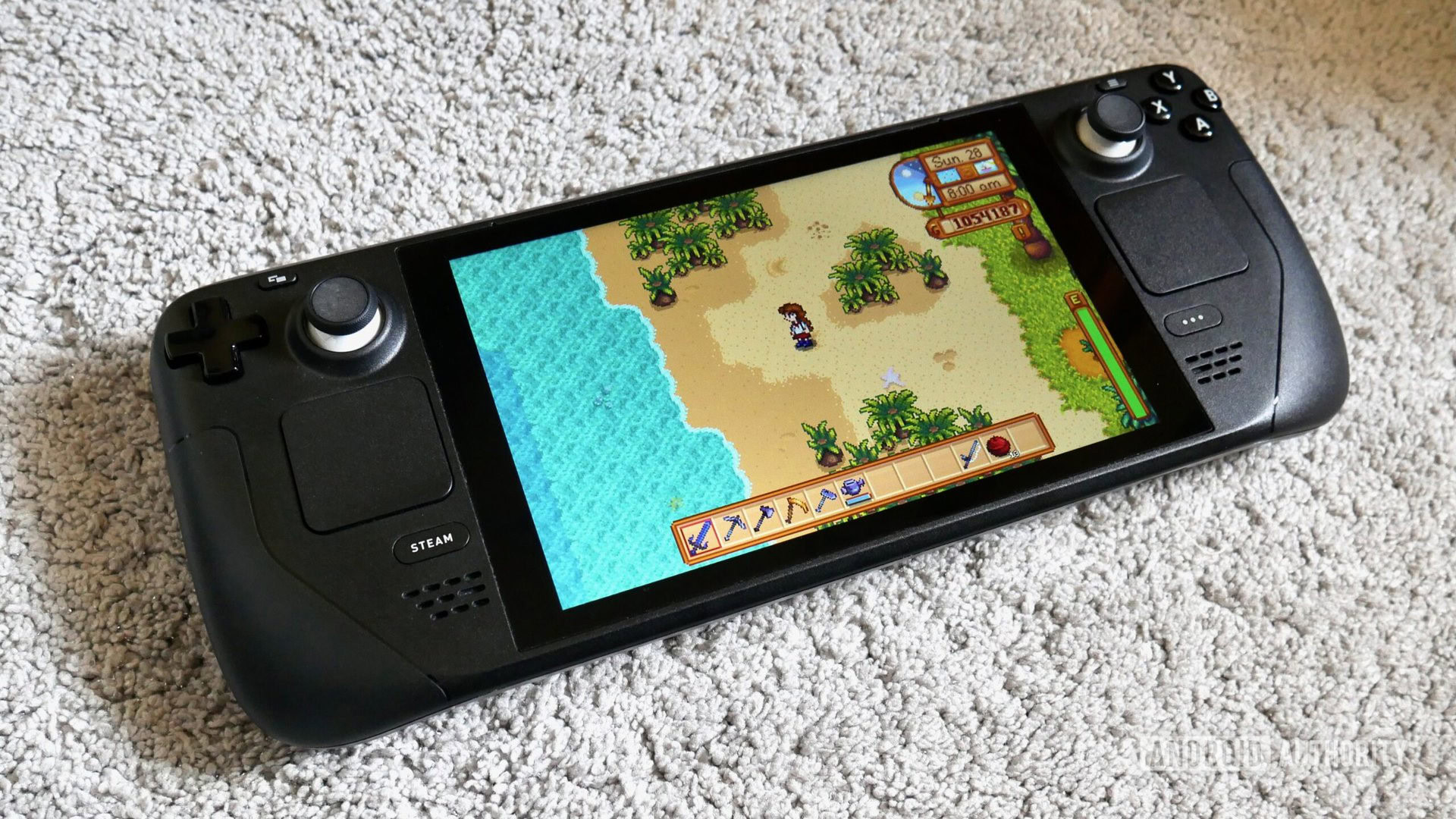
Yes, Valve has confirmed that it will release a Steam Deck 2. Though it might not carry that exact moniker, the gaming giant has repeatedly talked about the Steam Deck and its SteamOS platform as an ongoing product line. In an official booklet released to mark the six-month anniversary of the Deck’s release, Valve specifically called it a “multi-generational product line” that will be “supported well into the foreseeable future” and promised to “build new versions to be even more open and capable than the first version of Steam Deck has been.” Valve president Gabe Newell also told Edge (via PC Gamer) in an interview that the Deck is a “permanent addition” to the PC gaming landscape.
Will there be a Steam Deck Pro?
Official talk of new versions of the Steam Deck being on the cards does technically leave the door slightly ajar for a “Steam Deck Pro.” Instead of a full upgrade and design overhaul, this could be a mid-generation upgrade to the existing hardware, equivalent to rival the long-rumored but never-materialized “Nintendo Switch Pro,” and akin to the PlayStation Pro line that Sony tends to launch in the middle of a console cycle. This seems unlikely, however. Talking to The Verge, Valve engineer Pierre-Loup Griffais said:
Right now the fact that all the Steam Decks can play the same games and that we have one target for users to understand what kind of performance level to expect when you’re playing and for developers to understand what to target… there’s a lot of value in having that one spec. I think we’ll opt to keep the one performance level for a little bit longer, and only look at changing the performance level when there is a significant gain to be had.
Further casting doubt on a Pro model, Valve launched an OLED version with more storage, better battery life, improved Wi-Fi connectivity, and a bigger and better screen. Despite the improvements, however, the system still has the same level of performance.
Based on the quote and the OLED launch, it appears that, for now, the company has no plans to develop a “Pro” Steam Deck model. At the same time, Griffais didn’t necessarily rule it out, so we can’t be totally sure.
When is the Steam Deck 2 likely to be released?
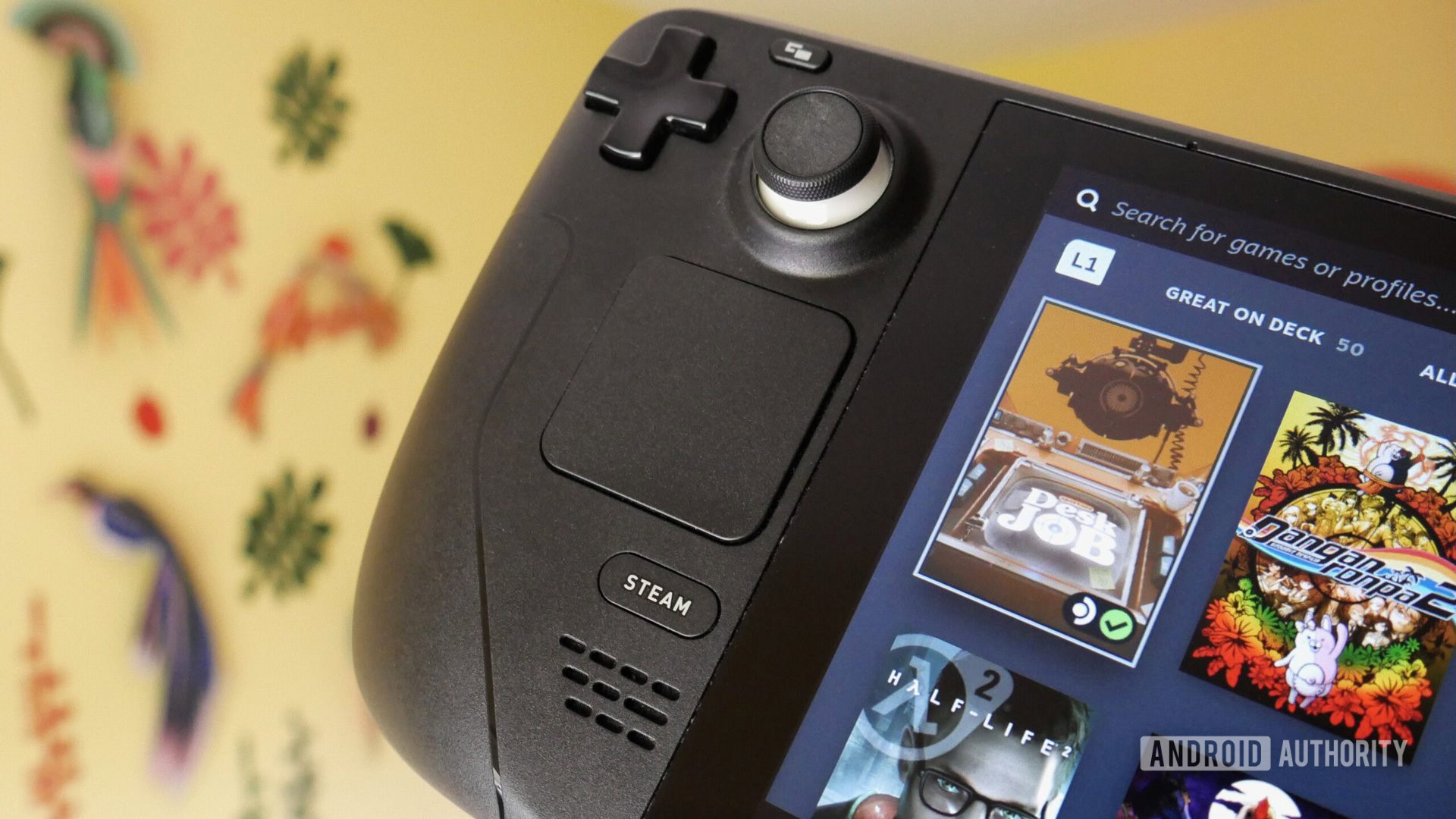
- Steam Deck: February 25, 2022
So, we know from Valve’s own words that there will be a second-generation Steam Deck, but when will we see it? Sadly, those hoping for an imminent Steam Deck 2 release date will be disappointed. In an early 2023 interview with Rock Paper Shotgun, Valve designer Lawrence Yang suggested that a “true next-gen Steam Deck” launch “with a significant bump in horsepower wouldn’t be for a few years.”
Steam Deck developer Pierre-Loup Griffais also discussed the Steam Deck 2 in a separate interview. It appears we may not see a second handheld until late 2025 or later. According to Griffais:
It’s important to us that the Deck offers a fixed performance target for developers, and that the message to customers is simple, where every Deck can play the same games. As such, changing the performance level is not something we are taking lightly, and we only want to do so when there is a significant enough increase to be had. We also don’t want more performance to come at a significant cost to power efficiency and battery life. I don’t anticipate such a leap to be possible in the next couple of years, but we’re still closely monitoring innovations in architectures and fabrication processes to see where things are going there.
One major factor in the Steam Deck 2 release will be the core hardware. The Steam Deck is powered by a custom “Van Gogh” AMD Zen 2 CPU and RDNA 2 GPU, and Valve’s comments suggest it may wait for a significant performance bump before building a new Steam Deck. With Zen 4 architecture already debuting in APUs designed for portable play, Valve may wait for RDNA 3 to mature or even sit it out until RDNA 4.
Another major hurdle that is a top priority for the developers is battery life. Graffais says the company wants to see a leap in performance that doesn’t significantly subtract from power efficiency and battery life. Either way, it sounds like we’ll see a Steam Deck 2 in 2025 at the very earliest, though it’s more likely we’ll have to wait until 2026 or beyond.
While this might seem a bit disappointing, in some ways a long wait is a good thing. It means Valve is committed to treating its hardware like a console. That means it plans to release a product and support it long-term without major changes. It wants to ensure its game support is as good as it can be between generations, instead of releasing a bunch of minor variants that end up confusing gamers. This is obvious in its commitment to extending the Steam Deck’s compatibility with an ever increasing amount of existing Steam games.
What features and specs could the Steam Deck 2 have?
Valve has given us a few helpful hints about potential Steam Deck 2 specs and features. Again in the same interview with The Verge, both Yang and Griffais said the biggest improvements they wanted to make to improve on the Steam Deck would be a better display and battery life.
We got a potential glance at what that future could look like with the launch of the OLED model. The refreshed system features a larger 7.4-inch display with an OLED HDR panel replacing the old LCD screen. Not only does the screen look better, but it’s more energy-efficient and Valve has bumped the refresh rate to 90Hz. In addition, the new model comes with a 50WHr battery and a new APU, which altogether provides 30% to 50% more battery life.
We could see Valve implementing these or better improvements in the next generation. Maybe Valve will increase the resolution from 1280 x 800 to a higher PPI, add variable refresh rate (VRR) support, and more. We’ve seen all of these upgrades on the ASUS ROG Ally, which is the Steam Deck’s closest competitor in terms of profile.
A somewhat sketchy leak was discovered in a thread on the Chinese forum Chiphell. Translated by NotebookCheck, the poster mentions that the Steam Deck 2 could have a 900p OLED screen with a refresh rate of 90Hz. If this is true, 900p would be a nice boost in the resolution department compared to the slightly above 720p the original provides on both the standard and OLED model.
The poster also mentioned a “6-cylinder fourth generation gasoline engine,” which presumably is referring to the processor. It’s possible this could be a 6-core CPU based on the Zen 4 architecture, which would make it an upgrade over the Zen 2 processors in the first handheld. Additionally, it’s mentioned that the device could have “16 CU (8 WGP) GPU in conjunction with LPDDR5X 8,533 RAM.”
Shortly after releasing the Steam Deck OLED, Valve released an update that enabled VRR support. That same update gave the system the ability to enable HDR on external displays. It’s likely Valve will give its next-gen handheld the same capabilities.
Valve has confirmed that display and battery improvements are on its to-do list for the Deck 2.
Of course, the ROG Ally notoriously has a fairly limited battery range, capping out at 1-2 hours with all the settings dialed up; a scenario that put the Deck’s already middling battery life into fresh perspective. Considering Valve’s comments to date, it seems likely we’ll see a balance between raw horsepower, display specs, and efficiency. Not to mention, simply adding a larger battery would add more weight to an already hefty gaming machine.
Valve will, however, need to address the performance delta with the ROG Ally and other Windows handhelds. While it’s fair to expect better frame rates from super-premium machines like the AYANEO 2 with its laptop-grade Ryzen 6000 series chip, the ASUS handheld is far closer in price and manages to outperform the Steam Deck when cranked into performance mode and is somehow still quieter due to its impressive cooling system. Yet, the maxed-out ROG Ally’s Zen 4/RDNA 3-based Ryzen Z1 Extreme chip is, as Digital Foundry suggests, a clear indicator of why Valve is yet to push a Steam Deck 2, as performance improvements are limited when compared at the same power draw.
As far as early Steam Deck 2 rumors go, Moore’s Law is Dead suggests that it will be powered by a “Van Gogh” successor called “Little Phoenix” boasting a Zen 4/RDNA 3 APU that can boost to 4GHz. The YouTuber, citing AMD sources, also hinted that it would have a 128-bit LPDDR controller, though it’s unclear if it’ll only support LPDDR5 RAM or make the jump to LPDDR5X instead.
It may be that Valve also waits for improvements to AMD’s FSR technology, which has proved a boon for the Steam Deck to push higher frame rates with upscaled resolution. What we know for sure is that SteamOS will continue to evolve, too. Valve’s Linux-based platform came in hot with bugs galore at launch, but its stability and compatibility with games via Proton has improved with every passing month.
Should we get USB-C Thunderbolt 4 support, we could also see the Deck utilize eGPUs to become a full-fledged gaming PC, too, but it’s worth considering Newell’s hint that future Steam Deck hardware will further tap into “the capabilities that mobile gives us, above and beyond what you would get in a traditional desk or laptop gaming environment.” What exactly that means, we’re not sure, but portability seems to be the most important factor. This could also play into the Steam Deck 2’s design, as the first-gen Steam Deck is a beefy console that dwarfs the Nintendo Switch and is also larger than the ROG Ally, while suffering from louder fans and 61g of added weight. Regardless, it’s a safe bet to think the Deck’s unique trackpad controls will stick around to enable more ways to play compared to other handhelds.
What might the Steam Deck 2 price be?
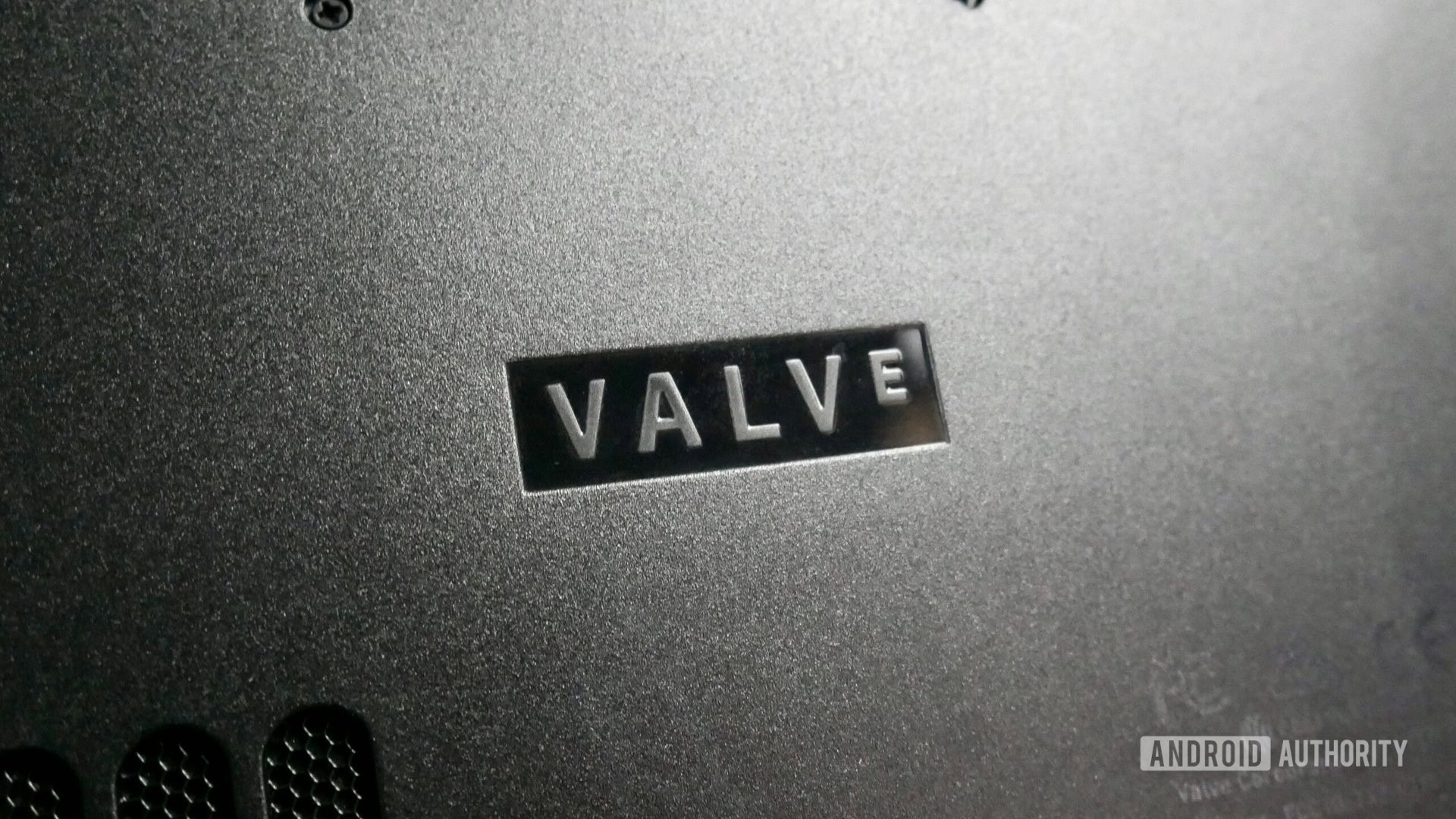
The Steam Deck may have been surpassed on specs, but its price-performance ratio is still incredible. Gabe Newell famously called the Steam Deck’s $399 starting price “painful” but “critical” before launch, suggesting Valve clearly understands that pricing is crucial for mass appeal and sales. While the Steam Deck is still a niche device, Omdia reported in April 2023 that the handheld had sold three million units — a fraction of the Nintendo Switch’s 125 million lifetime units, but an impressive base for Valve to entice more buyers into its Steam ecosystem.
For that to continue, the Steam Deck 2 price will have to be fairly reasonable. As such, it’d be fair to estimate that the base model Steam Deck 2 will come in below $500. The three Steam Deck models currently retail for $399 (64GB), $529 (256GB), and $649 (512GB), and we’d expect those to go up if the proposed display and processor upgrades come to fruition. Valve could also charge a little extra if it bundles the Steam Deck 2 with a dock. The first generation shipped before the dock was ready, but you’d hope that production would be smoother for a second-gen device. Priced at $89.99 for the current model, it’d be great to see a dock as an optional bundle for the Deck 2.
With the ROG Ally starting at $599 for a Z1-based model and going up to $699 for the Ryzen Z1 Extreme variant, there’s some room for a price increase at the top end, but we’d like to think Valve will know that it’ll make more money on Steam game sales if it can shift more consoles, even if it takes a hit on the hardware margins.
Should you wait for the Steam Deck 2?
If you really want a handheld PC there’s really no reason to wait for the Steam Deck 2, as it’s at least a few years off. There might be some minor variants between then, but these will mostly be about storage, battery and other aspects that don’t impact performance much. The most obvious alternative would be to go out and get a Steam Deck (Starting at $359.10), especially now that the price tag is starting to drop. If you’re seeking something with greater performance, we would suggest looking at the Asus ROG Ally ($794 at Amazon) or even the new Lenovo Legion Go ($699.99 at Lenovo). Both of these devices offer more power, although they also come with a higher price tag compared to the Steam Deck.
Steam Deck 2: What we want to see
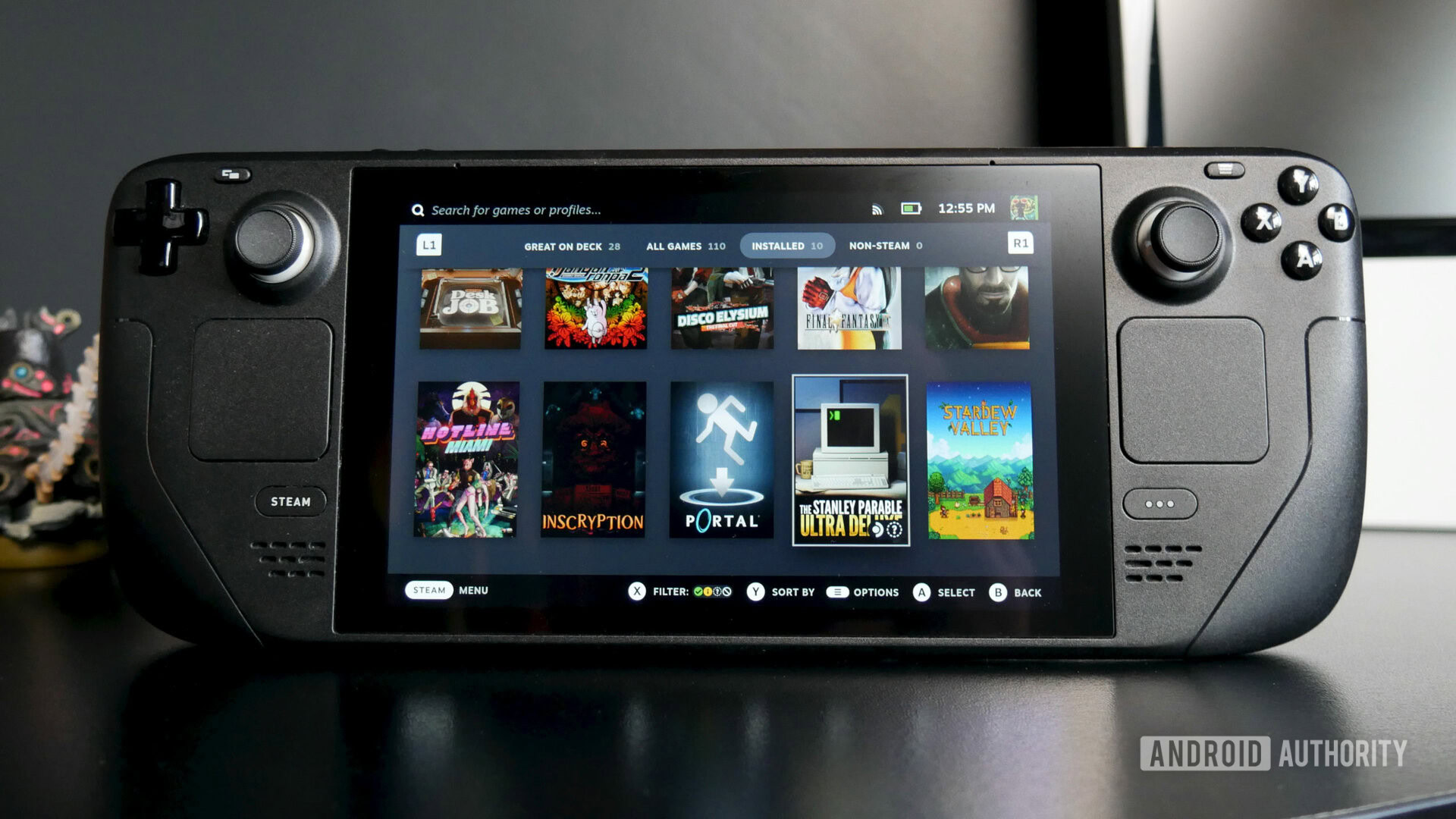
The Steam Deck is a fantastic handheld but there are some improvements we want to see for the next generation. Here are some Steam Deck 2 features from our wishlist.
An OLED screen with VRR
While some balked at the Steam Deck’s sub-1080p resolution prior to launch, we’ve seen with the Nintendo Switch OLED that 720p is just fine. But those inky blacks? Those can’t be beaten. The Steam Deck has an array of scaling options and 800p tends to deliver the best balance between clarity and refresh rates, but even with all the stars aligning, the gray shadows and limited contrast are still a real bummer when compared with Nintendo’s upgraded handheld or any Windows handheld with an OLED panel.
We’ve also seen diminishing returns for higher refresh rates on the ROG Ally, as its 120Hz mode tanks performance in most games even at lower graphics settings. What really separates the ROG Ally, though, is VRR support. The Ally’s FreeSync-compatible screen can dynamically shift its range between 48Hz to 120Hz to avoid screen tearing and deliver smooth frame rates even with temporary performance dips. I really hope Valve is taking notes.
Longer battery life
This is a pretty hard call after requesting an OLED screen alongside the expected APU upgrades, but Valve has already suggested it wants to tackle battery life on the next-generation Steam Deck, and I agree.
Speaking from my own time spent with the Steam Deck, I don’t have much of a problem with its mediocre endurance, though I mostly use it around the house so I can change rooms and avoid waking my daughter up at night. That means I’m never too far away from a charger, and it suits short bursts of play. I’ve also found that it varies wildly based on the game, as I can play Stardew Valley for about 6-7 hours with no trouble (not in one go… I wish), but more demanding AAA games can drop that to around three (even at the 40fps/800p sweet spot).
Nevertheless, better battery life through software optimization and improved silicon efficiency (which could avoid weight increases) is absolutely an easy pick for my Steam Deck 2 wishlist as it’d make the Steam Deck a far more reliable portable machine.
PC Game Pass support
This is technically out of Valve’s hands, as Microsoft unsurprisingly has kept PC Game Pass as a Windows-only platform. Yes, you can run Game Pass via Xbox Game Streaming and Microsoft Edge if you’re an Xbox Game Pass Ultimate subscriber (Microsoft even has an official support page for it), but that relies on a consistent internet connection to avoid latency or disconnect issues — a bit of a lame situation for a portable machine.
What I, and a lot of other Deck users want, is support for PC Game Pass downloads directly to the Steam Deck, just like a regular PC. CEO of Xbox Game Studios Phil Spencer has previously ruled out Game Pass on closed platforms like the Nintendo Switch, but the Linux-based Steam Deck is an entirely different beast, at least in theory. Even if Game Pass doesn’t come to Steam as a store app, it could operate as a dedicated Linux app instead. Spencer has already talked about how he wants Game Pass on as many devices as possible, and has even talked up the Steam Deck as a great place to play Game Pass games via streaming. With Windows handhelds like the ROG Ally able to take full advantage of Game Pass downloads, both Valve and Microsoft could gain from expanding support to Steam Deck.
Personally, I hope it happens earlier, but if not, the launch of a Steam Deck 2 would be good timing for a big Game Pass push for both companies.
Color options
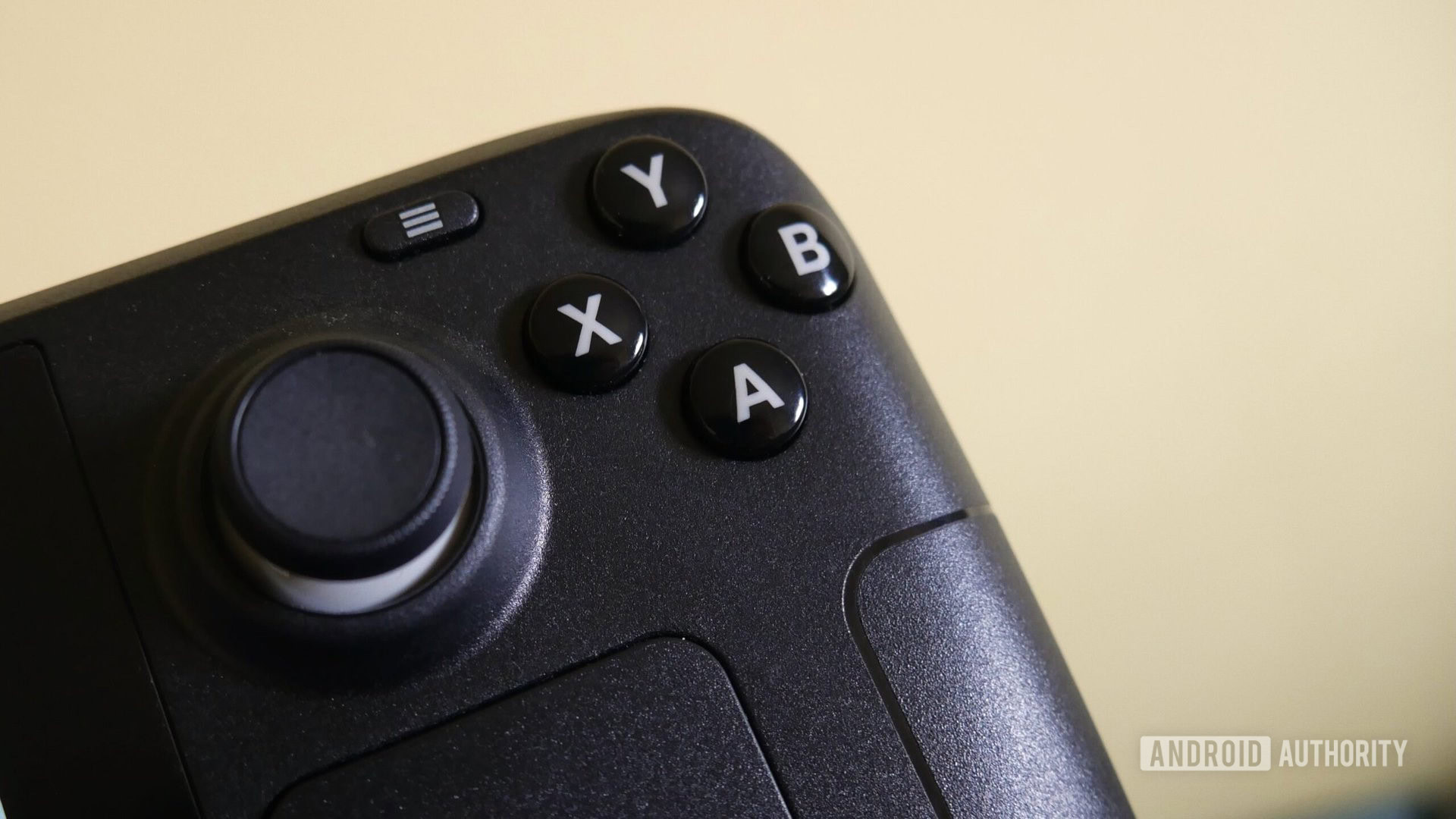
A simple one that doesn’t require technical nous or corporate wrangling — give me a Steam Deck successor that doesn’t only come in matte black. Basic colorways or special game editions like Nintendo does for the Switch; I don’t care, just something less drab, please. You can fix this already with skins, but fitting those can be a pain.
A built-in kickstand
Screen aside, the biggest upgrade the Nintendo Switch OLED enjoyed was the all-new kickstand. Larger, sturdier, and generally better in every way, the Switch OLED’s built-in stand is great for propping the handheld up on a desk or table for play with a controller when you don’t have a TV/dock combo nearby.
The Steam Deck is already a somewhat unwieldy boy due to its size and weight, even though it’s surprisingly comfortable to hold due to its excellent design and ergonomics. But that heft does take a toll eventually, so a kickstand would help ease the pain.